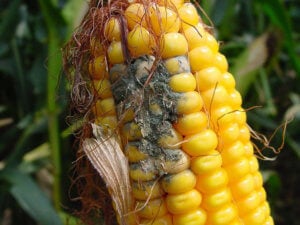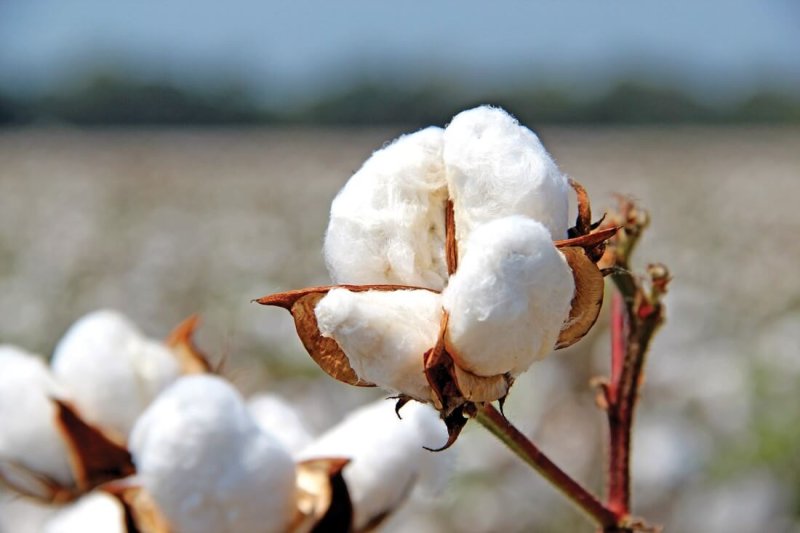BT toxin pokes holes in the cell walls of insects and breaks open their stomach to kill them. It’s now found to poke holes in human cells. So this means that it might create leaky gut or holes in the walls of our intestines that allow undigested food proteins, chemicals, and bacteria directly into the bloodstream. This is linked to cancer. It’s also linked to autism, autoimmune disease, food allergies, inflammation in general, Alzheimer’s, Parkinson’s, a whole host of diseases and disorders.
These assertions date back over 20 years to when the GM crops were first grown. Over all this time, contra Jeffrey Smith, there hasn’t been a single health issue anywhere on the planet, as hundreds of independent studies have shown.
But there’s much more to the story, as I explained in a review of the global human health benefits that have resulted from the commercialization of GM crops. This evidence reveals that the human health benefits far exceed the economic and environmental benefits that have resulted from GM crops.
The reality is that GM crops reduce and prevent cancers as well as a dozen other serious health problems from occurring, not only in regions where they are grown, but more widely as food products are traded globally. The human health benefits of GM crops are poorly understood by most people, but by far, they are the most significant benefits offered by any agricultural technology ever developed.
Biotech neutralizes naturally toxic corn

The first human health benefit was recently quantified by a group of Italian scientists that examined 21 years of GM corn production, making three significant findings. Their research demonstrated that GM corn varieties are significantly healthier for humans to consume due to the lower concentrations of harmful mycotoxins, fumonisins and thricothecenes. The rate of mycotoxic corn was reduced by 29%, fumonisin infected corn was reduced by 31% and thricothecenes infection was reduced by 37%. All three of these can cause serious health problems.
According to The World Health Organization (WHO), the human health effects of mycotoxins range from acute poisoning to longer term impacts like immune deficiency and cancer, particularly esophageal cancer. Fumonisins are another variety of mold commonly found in warmer climates and where corn is grown. In regard to fumonisins, the WHO states that while confirmation of human health effects are inconclusive at this point, some research has demonstrated links to birth defects and cancer. Thricothecenes are also dangerous molds, linked to reduced function of reproductive organs and immune systems.
Mycotoxins are naturally occurring molds that enter the cob following insect damage. When insects attack cobs of corn, the cob is open to direct air exposure, resulting in the spores of the various toxins entering the cob, making it toxic to humans. GM varieties of corn contain lower levels of these toxins due to reduce insect damage. In many countries, corn is the staple of human diets. The kernels are ground into flour, or brewed, and become the basis for many food and drink products, which are consumed locally but can also be traded more widely. When corn cobs with mycotoxins present are used, all of the resulting products are toxic to humans who consume them. The use of GM corn varieties as the staple in these diets results in lower rates of cancer.
Shrinking rates of pesticide poisoning
But lower cancer rates are just one of many significant health benefits provided by GM crops, including a dramatic reduction in the number of cases of pesticide poisoning that occur annually. The effects of pesticide poisoning are severe. External exposure can cause skin rashes and internal exposure often causes dizziness, nausea, vomiting and diarrhea.

Pesticide poisoning is commonly associated with the production of cotton as the crop is manually sprayed multiple times during the growing season to prevent damage from cotton boll weevils. In countries like India and China, cotton could be sprayed as many as 25-30 times during the growing season. As the cotton plant height increases, residues of pesticides, which are commonly applied using a backpack hand sprayer, end up on the arms and legs of those spraying the cotton. With much of the world’s cotton produced in hot climates, applicators wear little to no protective clothing and often no mask to prevent inhalation, and the lack of water to wash residues off upon finishing spraying results in millions of cases of pesticide poisoning annually. In the worst instances, chronic pesticide poisoning can lead to premature death.
One estimate placed the number of cases of pesticide poisoning in India alone at 2.4 million – 9 million annually. After GM cotton was commercialized in 2002 and rapidly adopted by small landholder farmers, the vast majority of GM cotton growers reported experiencing zero cases of pesticide poisoning. The range of cumulative pesticide poisoning reductions since 2002 is 45 million – 162 million cases. An estimate of reductions in Burkina Faso placed the number at 30,000 fewer cases of pesticide poisoning annually. Regrettably, in 2015, GM cotton was removed from the market due to the short fiber length of the GM variety, meaning that cotton farmers in Burkina Faso returned to increased pesticide use and a higher incident rate of pesticide poisoning.
Battling nutrient deficiency with GM crops
Anti-biotech activists commonly argue that the developing world needs access to a sustainable supply of nutritious food. What they’re less eager to explain is that biofortified GM crops can greatly aid this food security effort. Biofortification is a process by which the nutritional components of a food product are increased to provide benefits upon consumption. Golden Rice, which is engineered to contain higher levels of beta carotene, is an excellent example of how biofortification can increase the nutritional benefits of grain consumption. Specifically, Golden Rice prevents blindness and poor immune function caused by vitamin A deficiency.
Insufficient access to nutritious foods in early childhood also contributes to a health problem known as stunting, which delays normal height and weight increases. The WHO identifies other serious development problems related to stunting that include decreased cognitive and motor skills and delayed language development. All of this leads to an increase in childhood mortality. One study based on research from Nigeria estimated that delays in approval of improved crop technologies can cause up to 3,000 instances of mortality annually.
Higher yields, fewer suicides

Without a doubt, lower rates of farmer suicide following the adoption of GM crops (especially GM cotton) is the most significant benefit of all. Farming is like any other profession in a modern economy; the pressures and stresses associated with the job often become unmanageable for a host of reasons.
While no country is without the mental health challenges posed by agriculture, India has a very high rate of suicide. Numerous anti-biotech activists, most notably Vandana Shiva, have claimed that growing expensive, patented GM cotton leads Indian farmers to commit suicide. But nothing could be further from the truth. GM cotton is helping to reduce the fiscal and environmental challenges that trigger mental health problems for farmers, thereby slashing the rate of farmer suicide by an estimated 75,000 deaths per year.
Farmers face significant mental health challenges due to worries about the risk of an unsuccessful harvest. When farmers borrow money to purchase inputs like seed, chemicals or fertilizer, the loan is often financed against the resulting harvest, so a crop failure can create tremendous financial burdens. When GM cotton was commercialized and adopted, farmers became more confident of higher yields, because their crop was less likely to suffer the ravages of insect damage, drastically cutting financial hardship for themselves and their families.
Farmer suicide causes substantial mental anguish to families and friends of the deceased. Extending these networks for the 75,000 fewer farmer suicides would easily result in well over 1 million fewer people dealing with the grief of losing a loved one each and every year. The value of this is astounding. Based on these figures, in the 18 years that GM cotton has been produced in India, as many as 20 million fewer people have had to grieve the loss of a family member or friend due to suicide.
Just over two decades ago, the Canadian environmental activist David Suzuki said that any “…scientist who tells you these products [GM crops] are safe is either very stupid or lying.” Mr. Suzuki and his environmental activist cohorts were on the wrong side of history, promoting falsehoods about a technology that is making food more nutritious, safer for humans to consume and improving the mental health of farmers—preventing needless deaths along the way. Indeed, activists who desperately cling to lies about the risks of GM crops are now the ones who look “very stupid.”
Stuart J. Smyth is a professor in the Department of Agricultural and Resource Economics and holds the Industry Funded Research Chair in Agri-Food Innovation at the University of Saskatchewan. Follow him on Twitter @stuartsmyth66
A version of this article previously appeared on the GLP on October 9, 2019.































